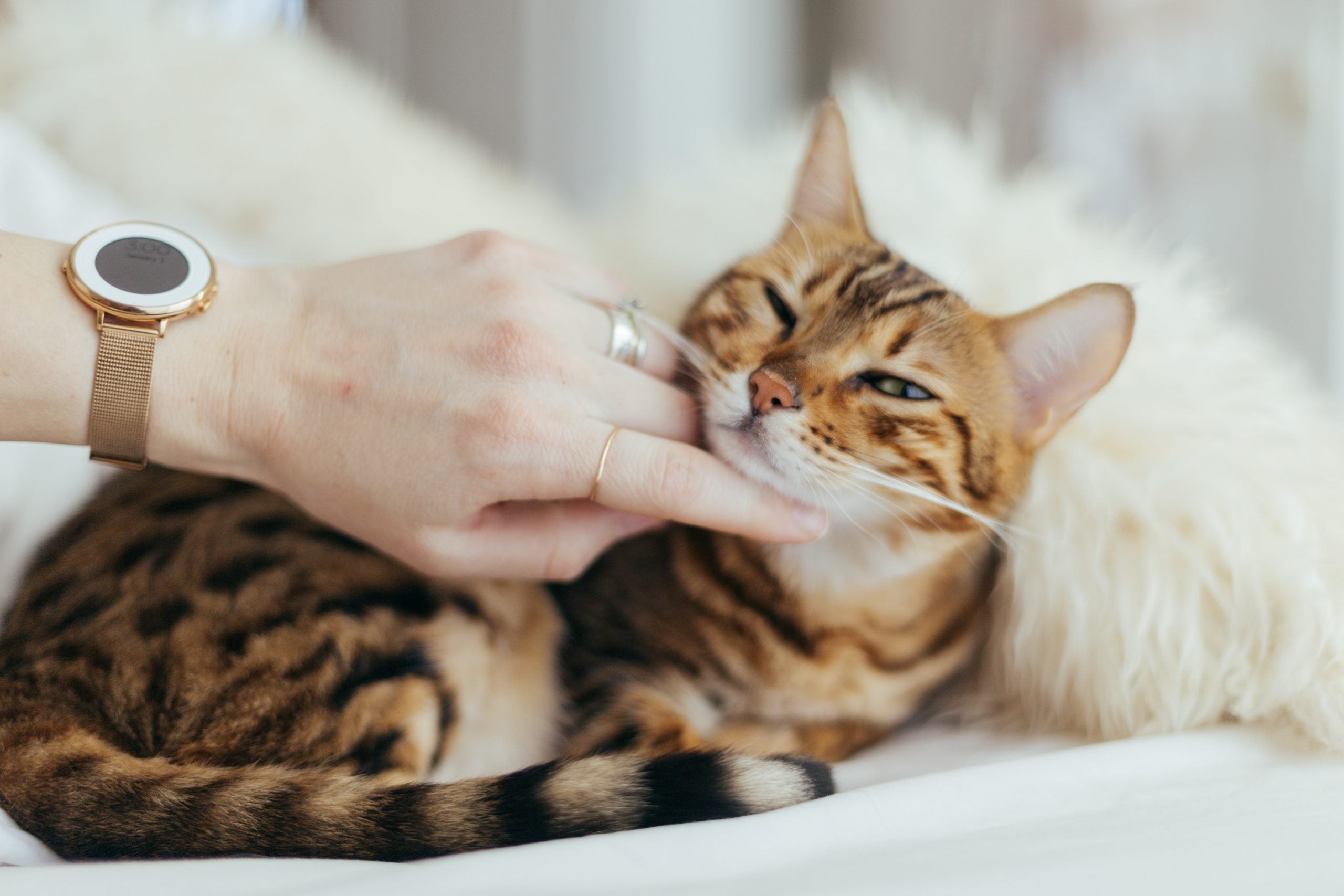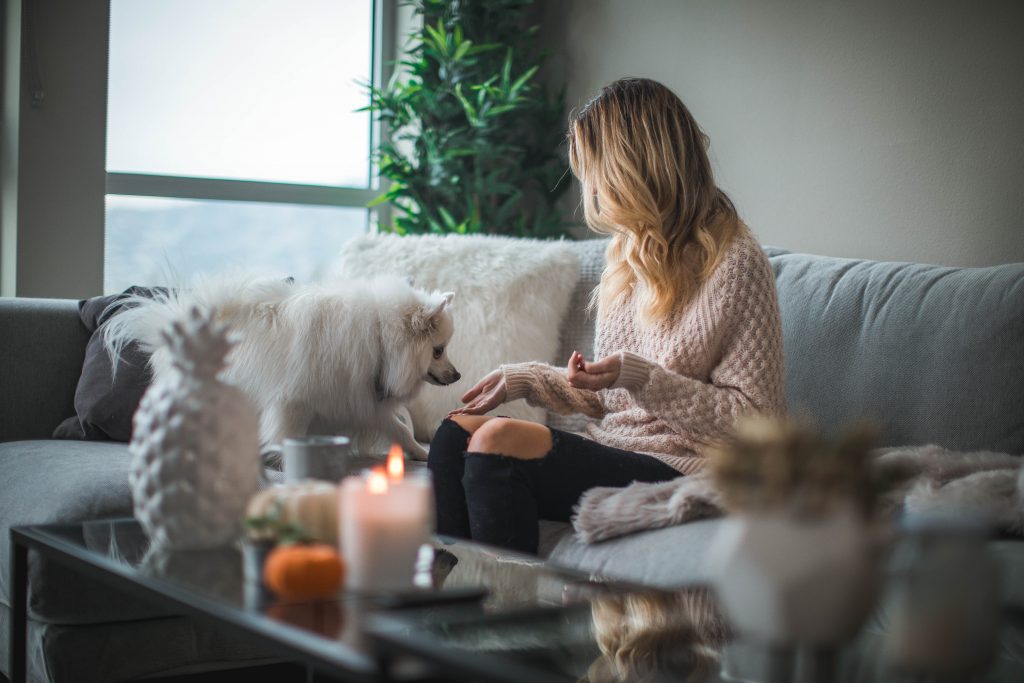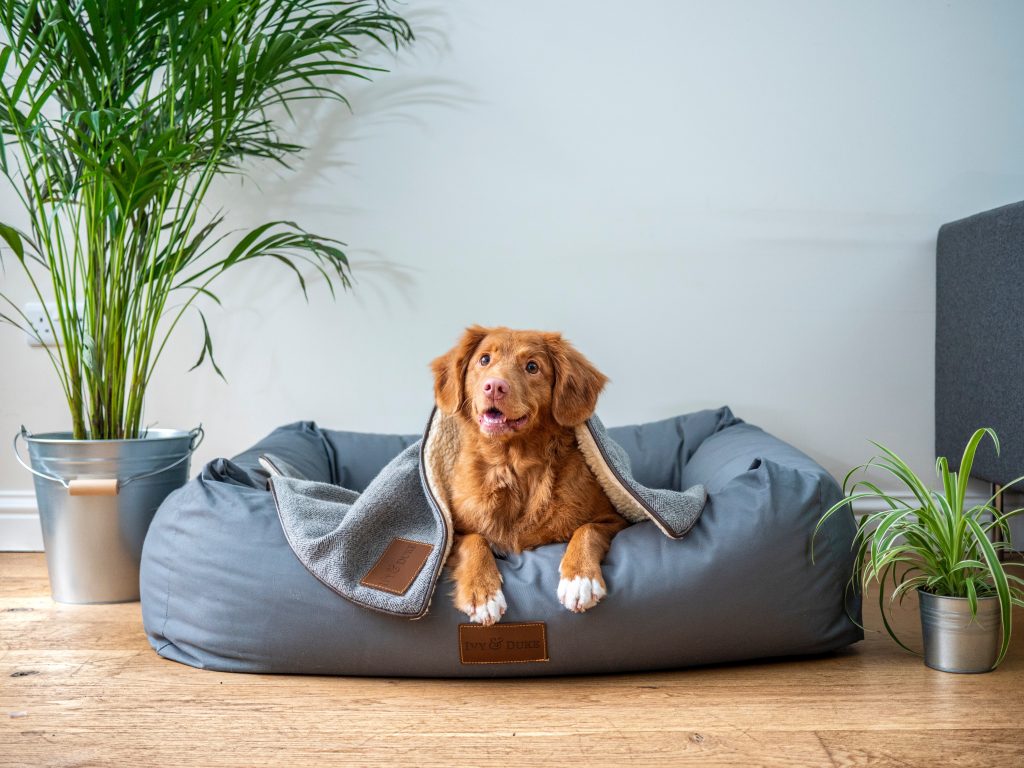Becoming a new pet parent is an exciting time full of milestones and surprises! From picking the perfect pet name to finding the right recipe for your pet, learning how to best care for your new pet will be a rewarding journey. As you start making your house a home for the latest addition to your family, you’re bound to uncover a few unexpected costs along the way.

To make sure that you are well-prepared for a new pet, we’ve come up with some tips and tricks for how you can plan ahead for these common (yet sometimes overlooked) costs of becoming a pet parent.
1. Traveling
Used to buying a boarding pass and hopping on a plane? Not so fast! If you plan on taking your pet with you on a flight, you'll want to consider the cost of boarding your four-legged family member too. Boarding fees for pets on average cost $125 each way for a domestic flight. International flight fees can be even higher, so planning a pet-friendly vacation from the beginning can keep you on budget. We recommend checking with your airline to get their most up-to-date pet policies and prices.
2. Daycare and Pet Sitting
If your next trip is couples only or you’re worried about leaving your pet alone during your work day, then pet daycare might be a good fit for your family. Daycare is a great way to ensure a safe, interactive environment for your pet while you’re away, and often allows for some social time with other pets!
Understanding how often you’ll use a daycare is an important consideration for any pet parent’s budget. Consider checking out pet daycares in your area as many will allow a tour of the facility. This will help your pet get acclimated to a new place, and you can ask about their prices and procedures. If you feel more comfortable keeping your pets at home, you can look into companies like Rover or Wag that will come to you. You can interview your potential pet caretakers, read up on their reviews from past clients, and take note of what their fees are.

3. Security Deposit and Rent
If you’re renting an apartment or house, you may be aware that additional pet fees are all too common. Landlords often charge higher security deposits and rent for pet owners to cover any potential wear and tear caused by a pet. Whether you’re looking for a new place soon or are already settled into one, take a closer look at the lease to see what fees there may be for bringing a pet home. Feel free to ask your potential landlord about their pet policies if they are not already included in your lease!
4. Vet Visits and Pet Insurance
Nothing is more important than a happy, healthy pet. Just like you, your pet will need health insurance to cover annual visits and emergencies to be at their best. Fortunately, pet insurance tends to be simpler and cheaper than human healthcare policies. Take the time to shop around and determine the best pet insurance policy for you and your pet. Your veterinarian might be able to give you their best recommendation for your specific needs.
We recommend visiting a veterinarian soon after you bring your new pet home. New puppies and kitties will typically require vaccinations and other treatments to get started.

5. Replacing Household Items
While not all pets get into things they shouldn’t, there may be some extra clean up from time to time - especially if you’re a first time pet parent. Whether it’s a new pair or shoes or your living room couch, your new pet may chew on a few things before they truly understand the boundaries of what to and what not to nibble on. Accidents happen!
Keep an eye on your new pets as they wander about your home to make sure they are only using their mouth and paws on their own dedicated toys. Looking into temporary adjustments like couch and chair covers can help limit any furniture damage as they get adjusted.
6. Food, Toys & Treats
Determining the right recipe for your pet might seem overwhelming, but customized nutrition is made easy with Solid Gold! Each one of our holistic pet foods is specially formulated for your pet's needs. Find out which recipe is best for your pet using our interactive guide.
After deciding on a well-balanced diet, it is important to consider a few treats too. Treats and toys are commonly used as motivation when training a new pet, whether young or old (or just to show a little extra love!). Depending on the selection and the amount of training time your pet needs, you’ll want to have your own supply on hand. Since they are often a one-off purchase instead of a planned item on a monthly shopping list, it’s easy for these purchases to add up.
To save money on offering your pet variety, try making your own treats at home like our No Bake Peanut Butter Dog Treats or our 3 Ingredient Tuna Cat Treats .

7. Training
Adding a new furry family member to your household is no simple task! If training your own pet turns out to be daunting, you might benefit from the help of a professional. Taking your new pet to training classes or inviting a trainer to your home are great resources for helping your new pet understand commands. Check around town for affordable options so that you’re prepared to provide your pet the training they will need.
8. Pet Proofing Your Home
In order to create a safe space for your new pet to wander, you’ll need to think about pet proofing your home. Do you have a fence in the backyard? If not, you might need to install one so you can keep an eye on their outdoor play time. Do you have glass furniture? You might want to consider a change in décor if your pet is on the rambunctious side.
Evaluate how safe your home truly is for a new pet and what you may need to change to make it even safer. It can be helpful to give them a dedicated space within the main rooms you and your family will spend the most time in. Laying out a pet bed with toys in your living room & bedroom can help them get used to their new comfortable area within your space.

9. Grooming
Is your new pet on the furry end of the spectrum? If so, then getting them groomed regularly may cost more than you think. Expect to pay anywhere from $30 to $90 for each trip to the groomer, depending on the size and breed of your pet. Be sure to make a little more room in your budget for additional services like dental care and nail clipping too. After meeting your pet, your groomer might be able to suggest a regular cadence of grooming appointments to help keep you all on a regular schedule.
10. Dishes and Storage Containers
To your surprise, one bowl won’t be enough. It is recommended to have a food bowl, a water bowl, a travel bowl and a few storage containers to meet your pet’s feeding needs. Storage containers will allow you to keep your pet’s food as fresh as possible instead of risking it with an opened bag.

Visit your local pet store to speak with a knowledgeable sales associate and find out which diet is right for your pet!
Don’t forget to call ahead to see if any curbside pickup or delivery options are available.









